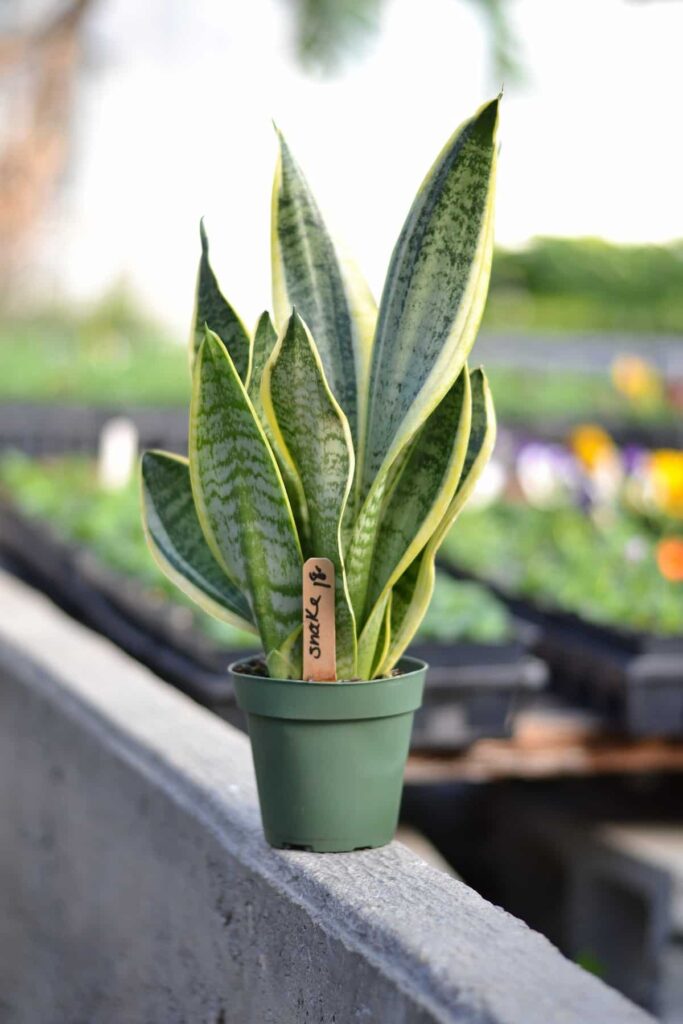Pollution killer plants are plants that can kill the pollutants in the environment. These plants can absorb harmful chemicals, turning them into harmless by-products. Each of these plants has its unique ability to clean up pollution. As the world becomes increasingly polluted, it’s essential to know about plants that can help us clean up our environment. Air pollution is a major global health issue.
It causes respiratory problems, heart disease, and other illnesses. Indoor and outdoor pollution control plants are necessary for any healthy city or town. They help to clean the air and protect public health by removing harmful pollutants before they can cause problems. There are several pollution killer plants, each with specific features and benefits.
Top 10 pollution killer plants
Areca palm
Areca palm grows quickly, needs little care, and is low-maintenance. However, this plant can also be a pollution killer outdoors. Areca palms also have strong stomata, which allows them to absorb large amounts of water vapor and pollutants from the air. This process helps to reduce the concentration of pollutants in the atmosphere.
Areca palms are popular indoor plants because they tolerate low light and can grow quickly. Ensure the water is clean and free of chemicals or fertilizers that could create pollution. Fertilize the plant sparingly with compost or organic fertilizer and avoid over-fertilizing.
Peace Lily
- Peace Lilies plants can grow up to six feet tall and need plenty of light. Peace lilies produce a sweet odor that some people find relaxing. Unfortunately, Peace Lilies are among the top pollution killers in homes. They are natural growers, so you don’t have to worry about fertilizer or other chemicals. These plants can purify the air in your home or office quickly and easily. The Peace Lily has long, thin petals which act as a natural filter. The plant grows rapidly and can cover a surface in just a few weeks. In addition to filtering air, the petals can also decorate or create a natural green wall.
- Peace Lilies are perfect for people with allergies or asthma because their pollen is non-allergenic, and their leaves are high in oxygen gas. These plants also do well in low-light environments, making them ideal for small spaces like apartments or dorm rooms. They have small, green leaves and grow in pots or among flowers. When pollution levels get too high, these Peace Lilies will start to produce white flowers. The pollen from these flowers will travel through the air and help to clean up the atmosphere.
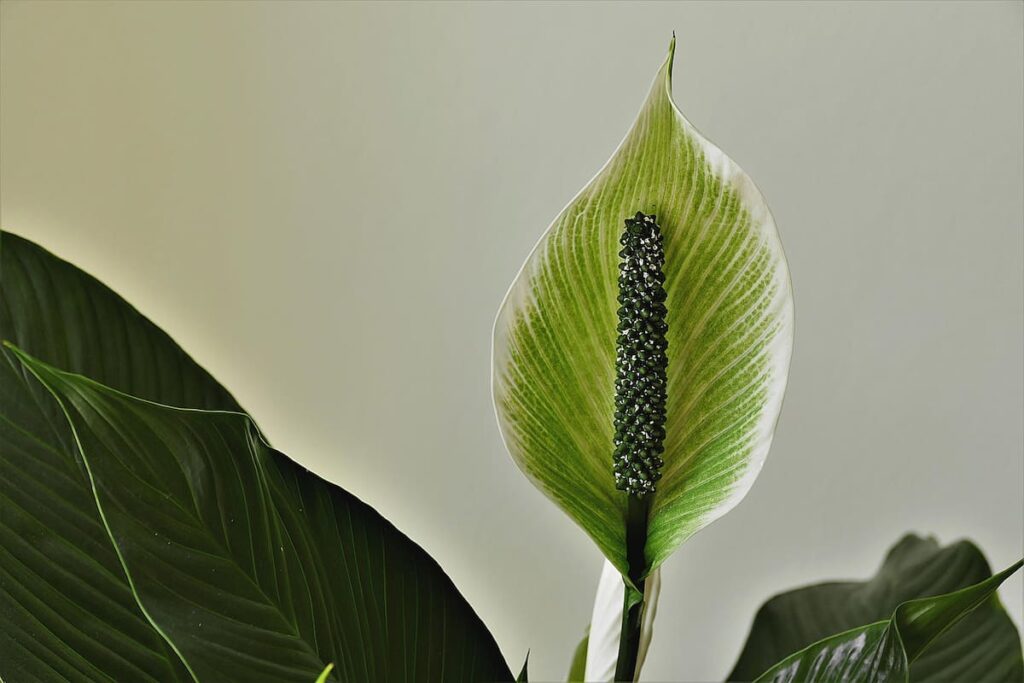
Spider plant
- Spider plants are popular houseplants grown outdoors in warm climates and do well indoors. Spider plants grow rapidly and need plenty of light to thrive. They prefer medium to high humidity, so keep them away from air conditioning units or areas with little moisture. Spider plants are extremely effective at removing indoor and outdoor pollutants. They are also low-maintenance plants, requiring little to no water, fertilizer, or sunlight. Spider plants can help reduce environmental toxins in the air by trapping particles and releasing their vapors. In addition, Spider plants can clean the environment of harmful chemicals and metals. These plants can be found in many homes as well as office spaces.
- Spider plants add beauty to any room, but they can also add a touch of pollution control. Spider plants have large leaves that trap particles and gas in the air. These leaves then release toxins and pollutants through their pores, meaning they’re excellent at removing harmful chemicals like smog, nitrogen dioxide, and carbon dioxide. Spider plants can help to reduce indoor air pollution by up to 70%.
In case you missed it: Growing Spider Plants Indoors – In Pots At Home

Chinese Fern
- Chinese Ferns are popular air purifiers because they absorb various chemicals and pollutants. They can also be grown easily in most homes, and their leaves create a lush green environment that cleans the air. They can remove up to 90% of toxins and pollutants from the air, making them perfect for use in homes, offices, and schools.
- There are several ways to grow Chinese Ferns indoors: in a pot, tub, aquarium, or rock garden. To keep them healthy and happy, water them frequently and fertilize them monthly with a balanced fertilizer. Outside, Chinese Ferns thrive in moist soil in partial shade. Plant them near a stream or pond to get the most benefit from their aquatic environment.
- Most Chinese Ferns need moderate levels of humidity, but they also require air circulation. The plant will become dry and brittle if the air circulation is poor. These plants should be watered regularly with room-temperature water for optimal growth and fertilized every two weeks with a diluted houseplant fertilizer. Chinese Ferns are also effective at removing benzene. They can be planted in any room in the house but should be placed near a window or entrance to get the most benefit.
Chrysanthemum
- Many plants can purify the air in your home or office, but Chrysanthemums are some of the best plants for this job. These beautiful flowers have powerful antioxidants that can help to break down pollutants in the air, making them the best choice for those who want to improve their indoor air quality. Chrysanthemums also have a long blooming period, so they keep your room smelling nice.
- They thrive in a well-lit, moist environment with plenty of fertilizer. However, the flowers can also be grown outdoors in areas that receive partial or full sunlight. The leaves and stems of Chrysanthemums produce oxalic acid, a natural pesticide. The acid stunts the growth of fungi, bacteria, and other pests. The plant also absorbs pollutants from the air, making it an excellent plant to use when you have an active smoker in your home or office. Chrysanthemums are easy to grow, so they make the best choice for those who want an indoor or outdoor plant but don’t want to spend much time caring for it.
In case you missed it: How to Grow Chrysanthemums from Seed to Harvest: Planting and Care Guide for Beginners
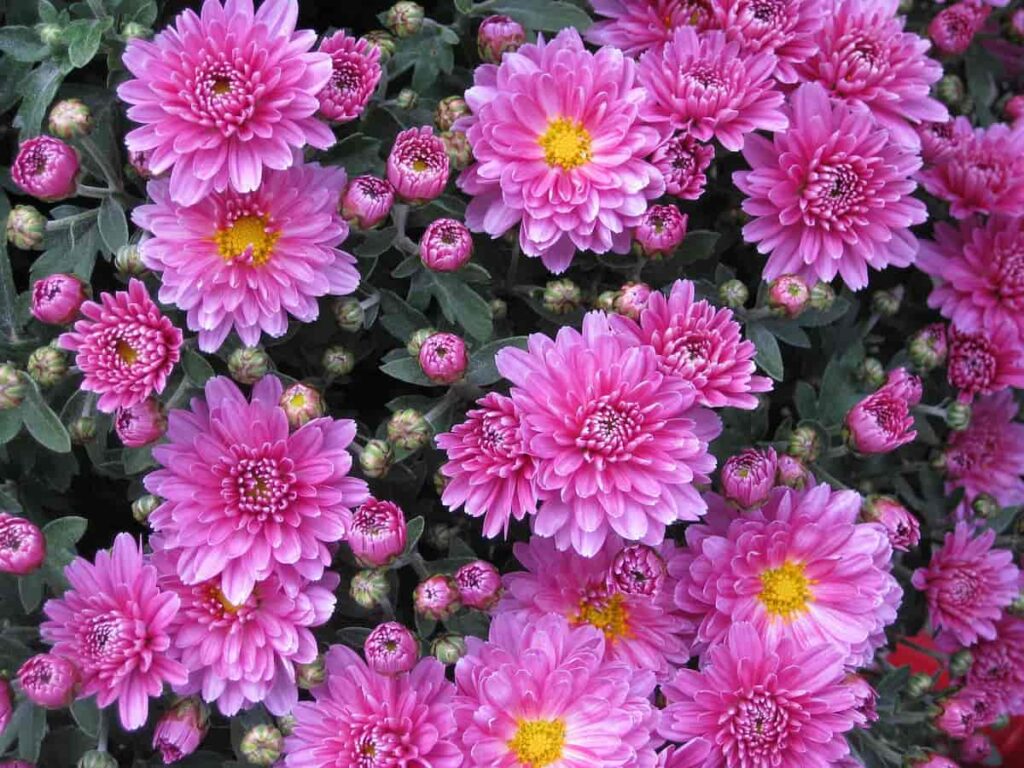
Snake plant
- Snake plant is one of the top indoor pollution killer plants. It is a potent air purifier that can help remove benzene, formaldehyde, lindane, and other harmful chemicals from the air. They have thick stems that can easily absorb water and store it in their large leaves. This makes them perfect for places with a lot of air pollution, like an office or home.
- Because Snake plants are so effective at absorbing bad air, they are also great for clearing smoke screens and other smells. They usually need little watering, but if they get too dry, you can mist them with a spray bottle. These plants can tolerate much environmental stress, including moderate humidity, low light levels, and poor air circulation.
- These plants are also great at removing pollutants from the air. Snake plants have long, narrow leaves that act as natural filters. Their leaves can trap particles and chemicals in the water droplets they secrete. This process helps to remove toxins and other pollutants from the air. If you grow a Snake plant indoors, provide it with plenty of sunlight and water. Keep the windows closed during winter months to help keep the room cool and moist.
In case you missed it: Growing Snake Plants Indoors – A Full Guide
Bamboo palm
Bamboo palms are excellent indoor plants because they are low-maintenance and provide fresh air and light. Bamboo palms need little water but will appreciate occasional misting. It has many small, sharp leaves that can easily filter out large particles in the air. The leaves also have a strong ability to absorb water, which helps keep them hydrated and able to clean the air.
This evergreen grows up to 25 feet tall and has leaves that are about 4 inches wide. The Bamboo palm can remove heavy metals, chemicals, and gases from the air. It also helps clean the air of pollen and other allergens. A Bamboo palm green roof can reduce the amount of indoor and outdoor pollution emitted from the building. Bamboo palms are some of the fastest-growing plants requiring little maintenance.
Wallflower plant
- The Wallflower plant can be an excellent indoor or outdoor pollution control plant. Growing it is easy, and it will thrive in various climates. Indoors, the wall flower plant should be placed in a bright spot with plenty of indirect light. Outdoors, the wall flower plant should be planted in full sun or partial shade. This species is resistant to pests and diseases, making it an excellent choice for organic gardening.
- Wallflower plants are a type of succulent that can easily be kept indoors. The Wallflower quickly produces large amounts of color, making it an ideal choice for adding some life to a drab space. Additionally, this plant is low-maintenance and can be propagated from cuttings without difficulty.
In case you missed it: How to Create a Beautiful Flower Garden in the Balcony
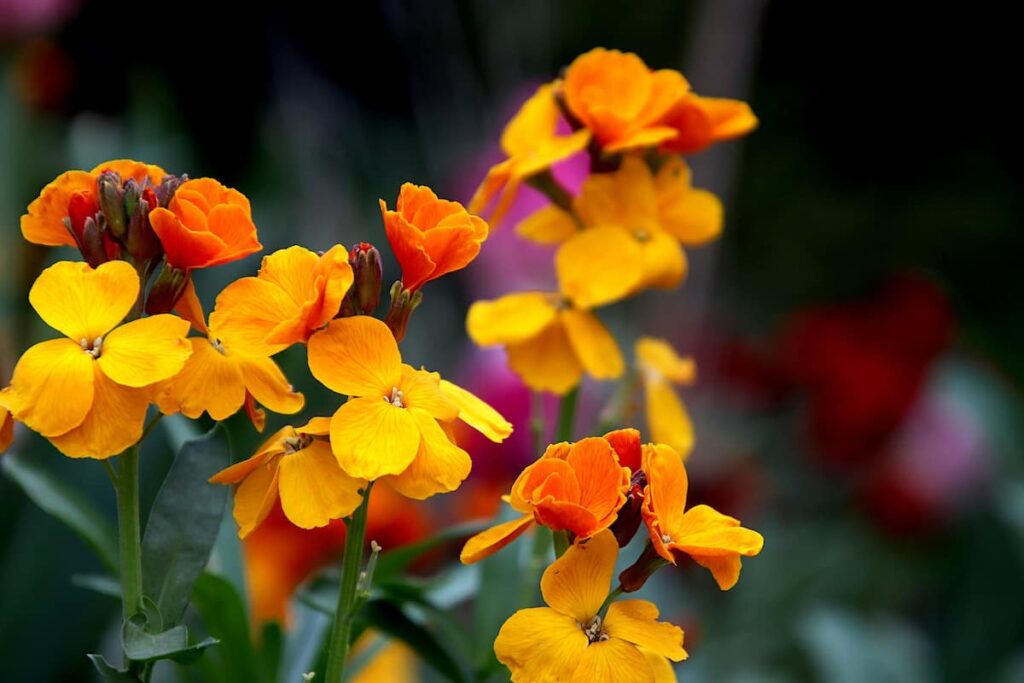
Turkey Oak plant
- The Turkey Oak plant is a popular indoor plant because of its attractive leaves and strong branches. The Turkey Oak plant is a popular choice for indoor pollution control due to its ability to tolerate high ozone levels and other pollutants. They are also good choices for outdoor areas where they can tolerate salt, strong sunlight, and wind.
- To grow the Turkey Oak plant, you must provide plenty of sunlight and regular watering. Besides being a popular choice for indoor pollution control, the Turkey Oak is an excellent addition to an outdoor garden or patio. It is resistant to many pests and diseases, providing you with years of beautiful foliage.
Rubber plant
Many plants can help to control pollution. Some of the best include Rubber plants. Rubber plants are great at breaking down pollutants. They also have a very high-water uptake capacity, absorbing many impurities. This makes them perfect for areas with heavy air pollution.
In case you missed it: How to Grow Lemongrass from Seed: A Detailed Guide for Planting to Harvesting
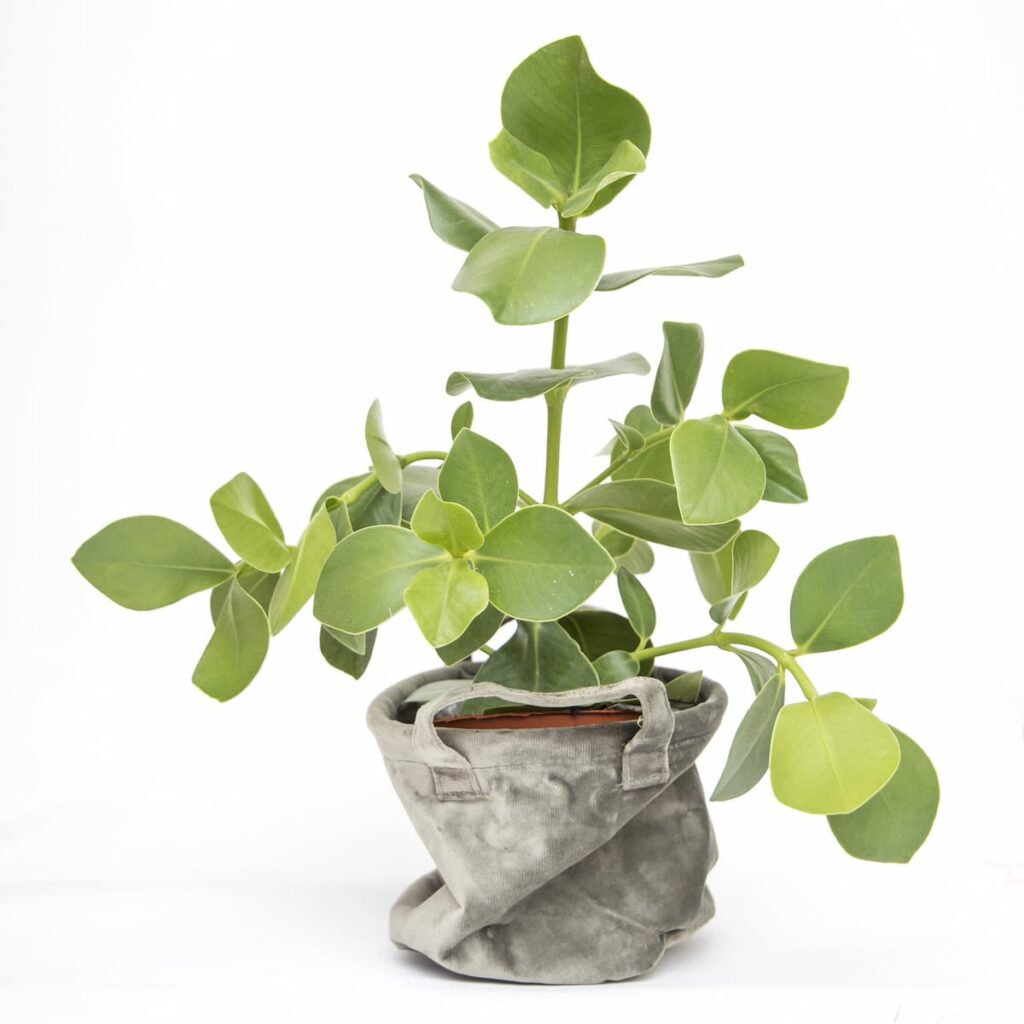
Conclusion
Pollution-killer plants are plants that are used to clean up air pollution. They use their leaves and roots to extract toxins from the air, making them valuable tools in fighting air pollution. Plants take in air, water, and other elements and transform them into energy for their growth. To identify pollution-killer plants in your environment, look at the plant’s leaves.
Pollution-killer plants tend to have large leaves that are dark green or black. They also tend to grow quickly and have a strong presence in an area. These plants can uptake large amounts of pollutants from the air, making them an essential part of cleaning up major metropolitan areas.
- Broccoli Seed Germination and Selection
- Asparagus Seed Germination and Variety Selection
- Seasonal Flower Gardening: Best Practices for Spring, Summer, Fall, and Winter
- How to Grow Hibiscus from Flower
- Plantation Ideas for Home Decoration: A Beginners Guide
- Flower Garden Designs and Layouts for Beginners
- Planting and Spacing Techniques in Papaya: A Beginner’s Guide
- Growing Gold: Essential Techniques for Planting Pineapples
- How to Make Kalanchoe Plant Bushy: Home Remedies and Solutions
- 11 Reasons Why Your Gardenia is Not Blooming: Home Remedies and Solutions
- Eco Elegance: The Guide to Designing a Drought-Tolerant Landscape
- Gardening on a Slope: Strategies for Hillside Landscaping
- Nourish and Flourish: Top Organic Mulches for Thriving House Plants
- Everything You Want to Know about Indian Mogra Flower: Discover Uses and Growing
- Green Thumb Success: Expert Tips for Cultivating Greenhouse Pumpkins All Year Round
- Maximize Growth & Flavor: The Ultimate Guide to Companion Planting in Herb Gardens
- How to Control Rhododendron Problems Naturally: Home Remedies and Organic Ways to Fix Them
- Natural Magic: The Remarkable Benefits of Cinnamon for Plants
- Best Steps to Revive Dying Tulip with Natural and Organic Treatment
- 10 Reasons Why Your Angel Trumpet is Not Blooming: Remedies and Treatment
- How to Fix Periwinkle Leaf and Flower-Related Problems: Natural Remedies and Solutions
- How to Fix Zinnias Leaf and Flower Problems: Discover Natural and Home Remedies
- Organic Steps to Induce Lemon Tree Flowers: A Comprehensive Guide
- Bloom Booster: Crafting the Perfect Homemade Bougainvillea Fertilizer
- Optimizing Growth: A Guide to Applying NPK Fertilizer for Potted Plants
- 10 Best Homemade Fertilizers for Rubber Plant: DIY Recipes and Application Method
- How to Boost Female Pumpkin Flowers: Effective Steps for More Flowers and High Yields
- Transform Your Indoor Garden: Top Benefits of Pink Salt for Houseplants
- 10 Best Homemade Fertilizers for Peacock Plants (Calathea): Easy DIY Guide
- Unlock Blooms: 9 Reasons Why Your Potted Chrysanthemum is Not Blooming
- 8 Reasons Why Your Potted Hibiscus is Not Blooming: Fix it with Simple Solutions
- Unlock Blooms: 9 Key Reasons Your Potted Frangipani Won’t Flower
- 10 Reasons Why Is My Ice Plant Not Blooming: Remedies and Treatment
- 10 Reasons Why My Potted Hydrangea Not Blooming: Treatment and Remedies
- 10 Reasons Why is My Wisteria Not Blooming: Remedies and Treatment
- 10 Reasons Why is My Goldfish Plant Not Blooming: Remedies and Treatment
